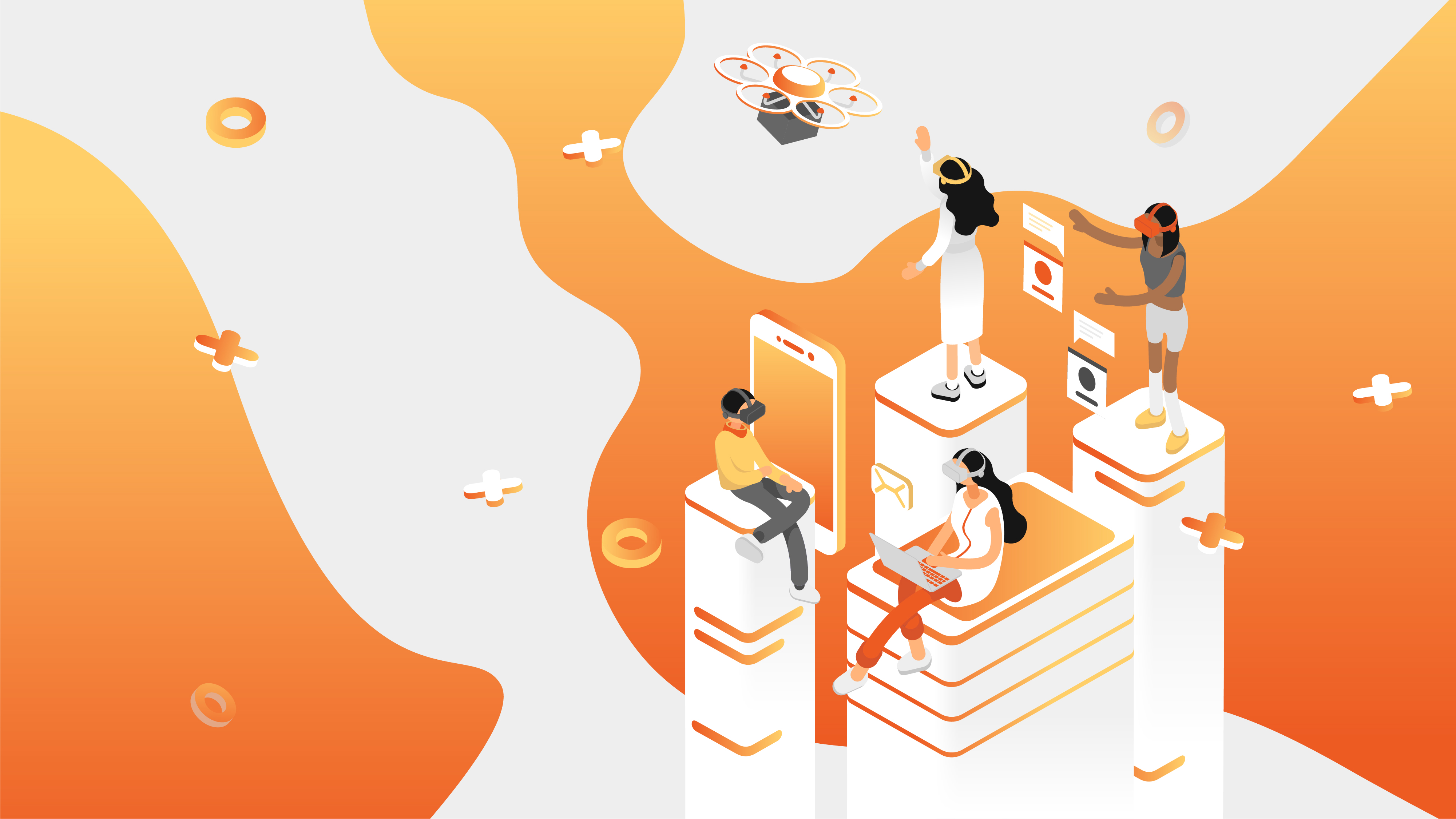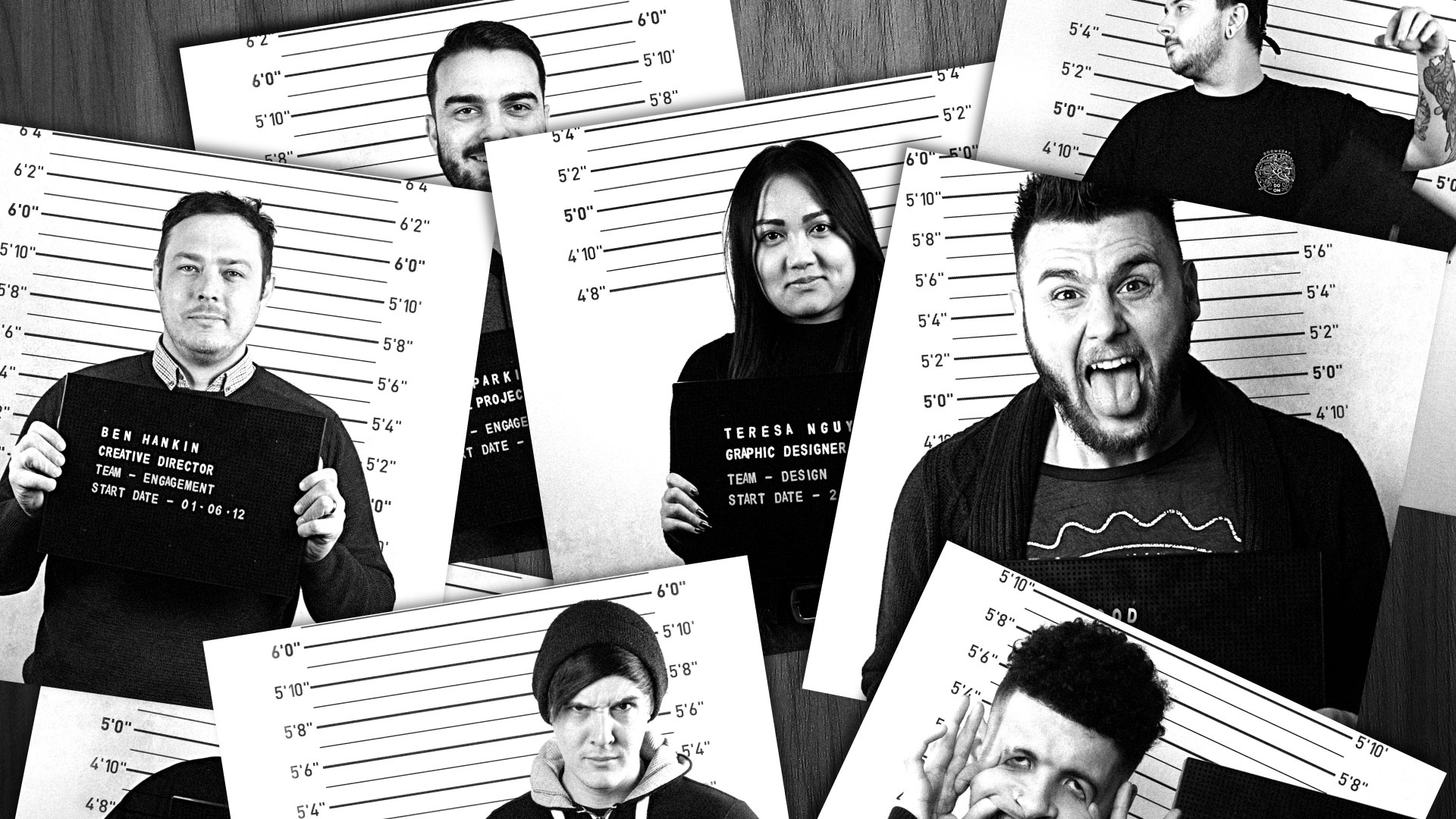Where did January go?! We know that getting into the new year can be a drag, so if you’re in need of some marketing inspiration… fear not! Make yourself a nice hot drink and have a read about the most innovative immersive campaigns we have found currently out there. This year is all about Holograms, Virtual and Augmented Realities!
Are you ready for 2019?!
“An African elephant is roaming around London”… pardon?
In October 2018, WWF jumped on the immersive technology bandwagon and created an elephant hologram. The visitor was first unveiled outside of St.Pauls on 8th October; ahead of the 11-12 October London Conference on Illegal Wildlife Trade. WWF were calling for world leaders to commit to ending wildlife crime.
And what better way to give one last final push of encouragement, than a life-size elephant hologram roaming around the streets of London?!
To further communicate the message, WWF installed ‘animal crossings’ in various places across the UK. These crossings highlighted a key species threatened by the illegal wildlife trade.
The projection was created to gain 100,000 signatures on a petition to the British government to end illegal wildlife trafficking. Supporters were also urged to promote the cause on social media using #StopWildlifeTrafficking and tagging @WWF_UK.
“MICROSOFT VR IS SAVING LIVES”
It’s predicted that over the next year, both VR and AR applications will become increasingly refined. Meaning they will be able to function more powerfully and be capable of creating higher quality visuals, having a transformative effect on the way we live and work.
Its estimated that by 2022, $2.2 billion will have been spent on VR/AR for training purposes, according to Greenlight Insights.
Microsoft have already raced ahead to identify enhancements and developed Virtual Reality experiences for the training industry. By simply placing on a headset, workers are able to experience dangerous scenarios that could potentially occur in their workplace, this approach can help reduce the cost of training dramatically for lot’s of organisations, particularly public services!
This technology has already had a knock on effect across different sectors. One example is Tyson Foods, VR safety training reduced their injuries and illnesses by 20%.
“Showing off the people, not just the sights”
When you think of Paris, plenty of iconic monuments come to mind; the Eiffel Tower being just one. But what comes to mind when you think of Brussels?
The city has only a few internationally known landmarks and in the wake of 2016’s terrorism attacks, visits to the Belgian capital – already struggling to compete for tourist dollars against Paris, London and Amsterdam – began to slide.
European train operator, Thalys, were facing a dilemma promoting Brussels as a tourist destination. They decided to action a campaign in the hope of helping to reverse the decline.
Rather than highlighting Brussel’s landmarks, Thalys decided to take an alternative approach, focusing instead on the City’s people. Thanks to advanced holographic imaging, 500 residents of Brussels were turned into virtual 3D statutes in a matter of minutes.
The holograms were projected onto a pedestal, creating a five-meter-high silhouette. The slogan “In Brussels, the real monuments are its people.” made the sight all the more mesmerising and attracted 3,000 visitors to the outdoor installation.
We hope you’re now well and truly inspired after reading about these marketing campaigns and eager to make your own mark using immersive tech! But, if you’re in struggling to imagine how these ideas can work for your B2B campaigns, then take a look at the recent Virtual Reality experience we created for Fujitsu! Or if you are full of ideas, but not sure on how to implement them; Affari are happy to host a free creative workshop with you – just get in touch below!




